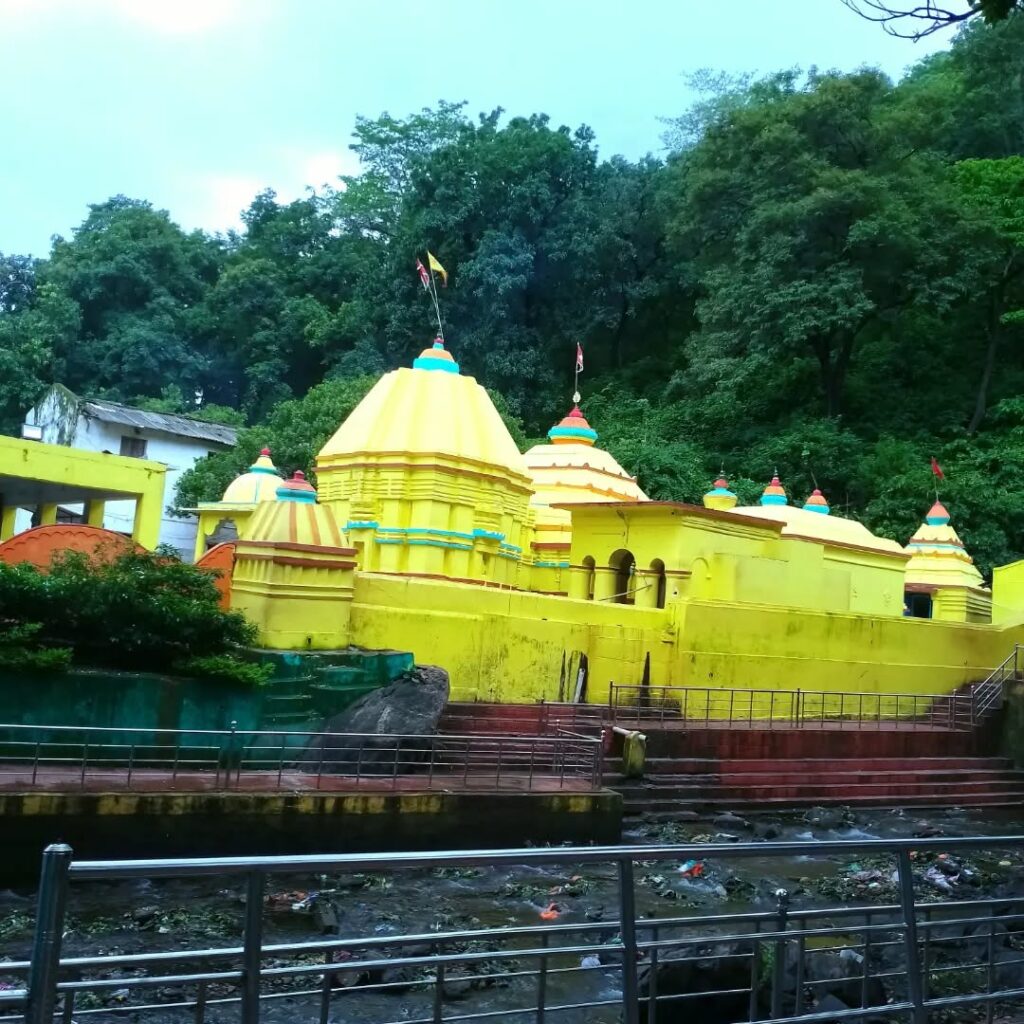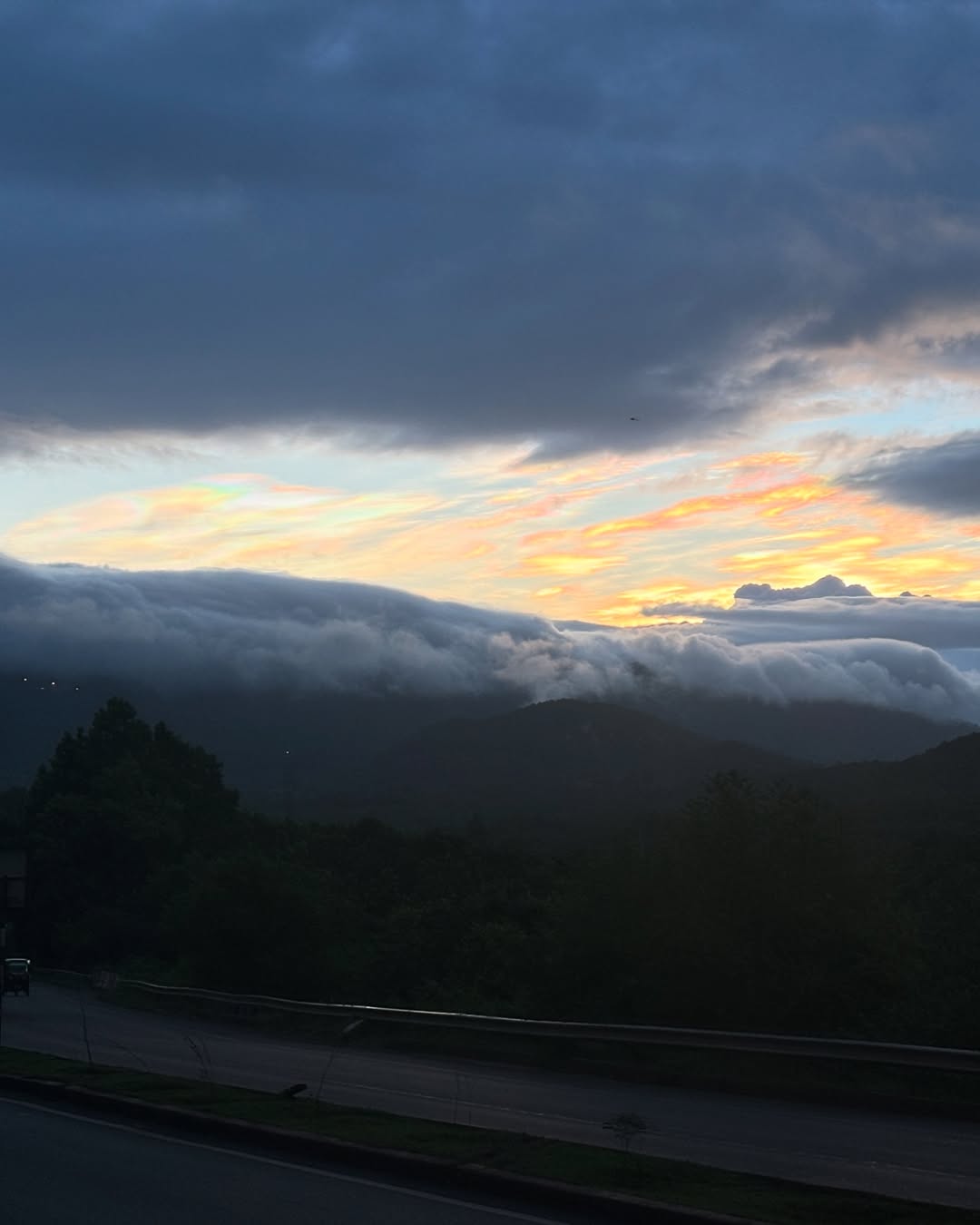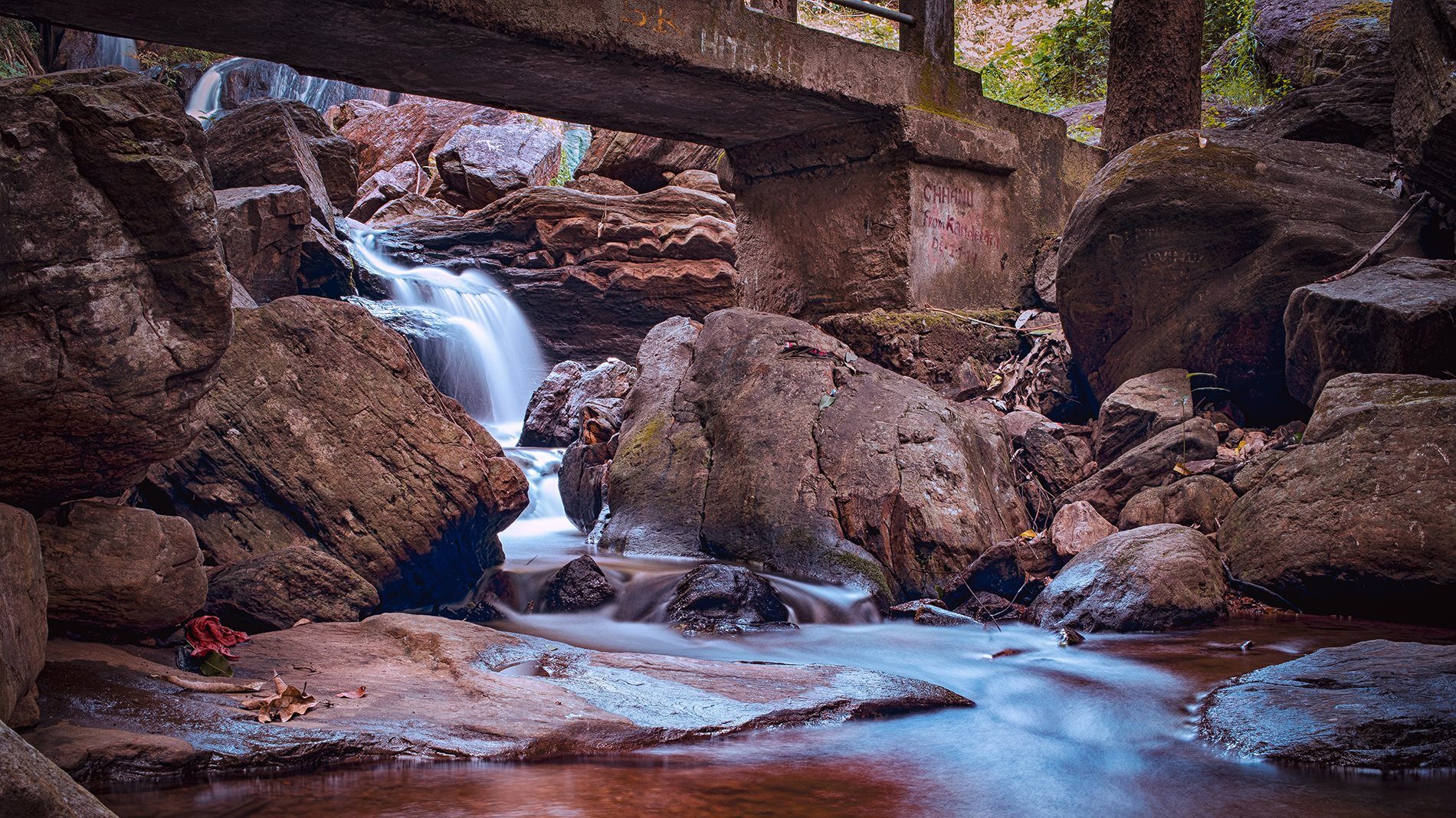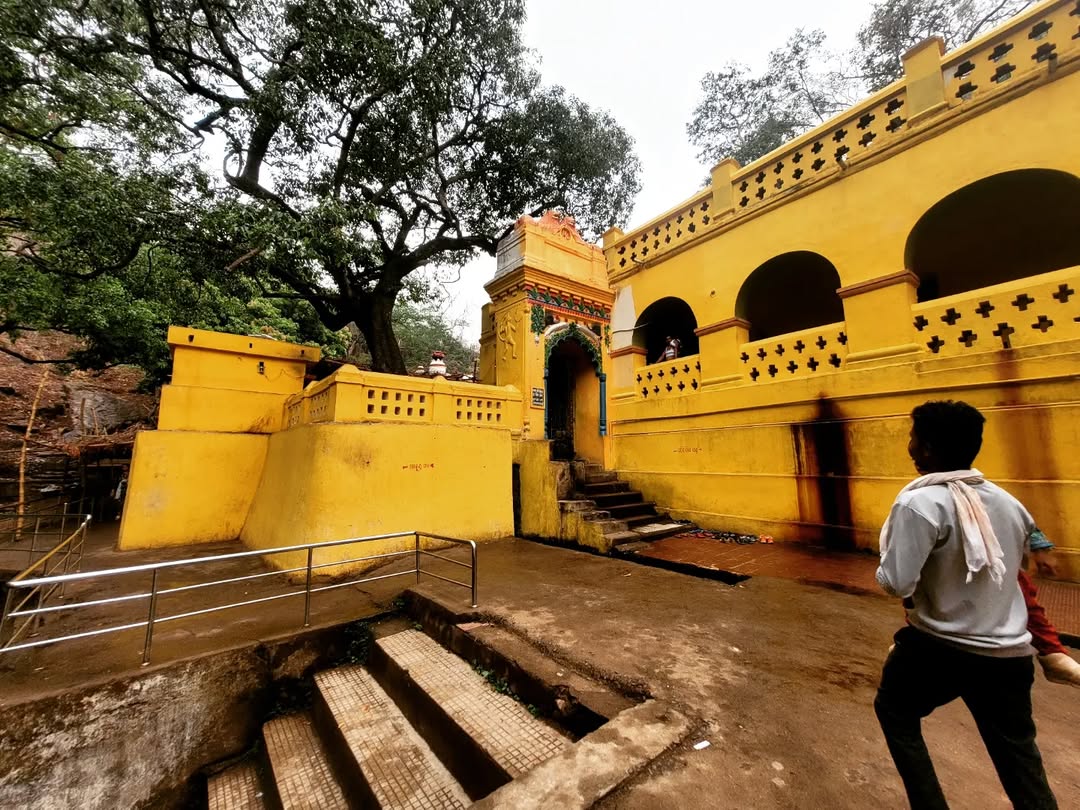
Balangir, Nestled on the northern slopes of the Gandhamardan hills, Nrusinghanath Temple stands out as a significant pilgrimage destination devoted to Lord Vishnu. The temple’s remarkable architecture draws visitors, but it’s the nearby picturesque waterfall that truly enhances its spiritual charm. The journey from Harishankar to Nrusinghanath is a favorite for adventurers, winding through dense forests and offering a beautiful blend of tranquility and divine connection. Nrusinghanath Temple Gandhamardan Hills
Nrusinghanath Temple Timings: 6 AM – 8 PM
Best Time To Visit Nrusinghanath Temple: October to March
Nrusinghanath TempleEntry Fee: N/A
Nrusinghanath Temple Ideal Trip Duration:** 1-2 hours
Nestled amidst the lush greenery of the Western Odisha region lies one of the most revered religious sites—the Nrusinghanath Temple in Balangir. This temple not only holds immense spiritual significance but is also a testament to the rich cultural heritage of the area, attracting visitors from all walks of life.
Built in the traditional Kalinga architectural style, the Nrusinghanath Temple is dedicated to Lord Narasimha, an incarnation of Lord Vishnu. The temple’s history dates back several centuries, and it stands on the scenic slopes of the Gandhamardan hills. According to local lore, the temple was established to commemorate a divine event, and it has since become a pilgrimage destination for devotees seeking blessings and solace.
One cannot help but be captivated by the intricate carvings and inscriptions that adorn the temple’s walls. The exquisite craftsmanship reflects the skills of ancient artisans who chiseled their devotion into stone. As you step inside the temple grounds, you will be greeted with a sense of serenity, making it an ideal spot for introspection and prayer.
The temple complex is surrounded by scenic landscapes, providing a stunning backdrop for those looking to capture picturesque photographs. The vibrant flora and fauna add to the natural beauty, making it a perfect getaway from the hustle and bustle of daily life.
Throughout the year, various festivals are celebrated with great fervor at the Nrusinghanath Temple. One of the most noteworthy is the annual Rath Yatra, where the idol of Lord Narasimha is taken out in a grand procession. This event draws thousands of pilgrims and spectators, creating a vibrant atmosphere filled with music, dance, and spiritual fervor.
For those eager to visit, the Nrusinghanath Temple is easily accessible from Balangir city. Local transport options are available, and for those who prefer a scenic drive, the winding roads through the hills offer a delightful journey. The best time to visit is during the cooler months, from October to March, when the weather is pleasant and conducive for exploration.
A visit to Nrusinghanath Temple is not just a spiritual journey but also a cultural experience steeped in history and beauty. Whether you are a devotee or a traveler seeking the serenity of nature, this temple is sure to leave an indelible mark on your heart.
For more information about travel arrangements, local attractions, and guided tours, visit [tourmyodisaha.com]. Plan your trip today, and immerse yourself in the divine charm of Nrusinghanath Temple in Balangir!
Feel free to adjust any specific details in the post, such as adding personal experiences or insights, to make it more reflective of your voice!
Nrusinghanath is not only a spiritual haven but also a paradise for nature enthusiasts. The captivating waterfall provides a perfect setting for photography and relaxation, while the picnic area is well-equipped with ample seating and shade. The hills boast a rich array of flora and fauna, including various medicinal plants. Adventure seekers will find ample opportunities here, with trails that weave through lush greenery and rugged landscapes.
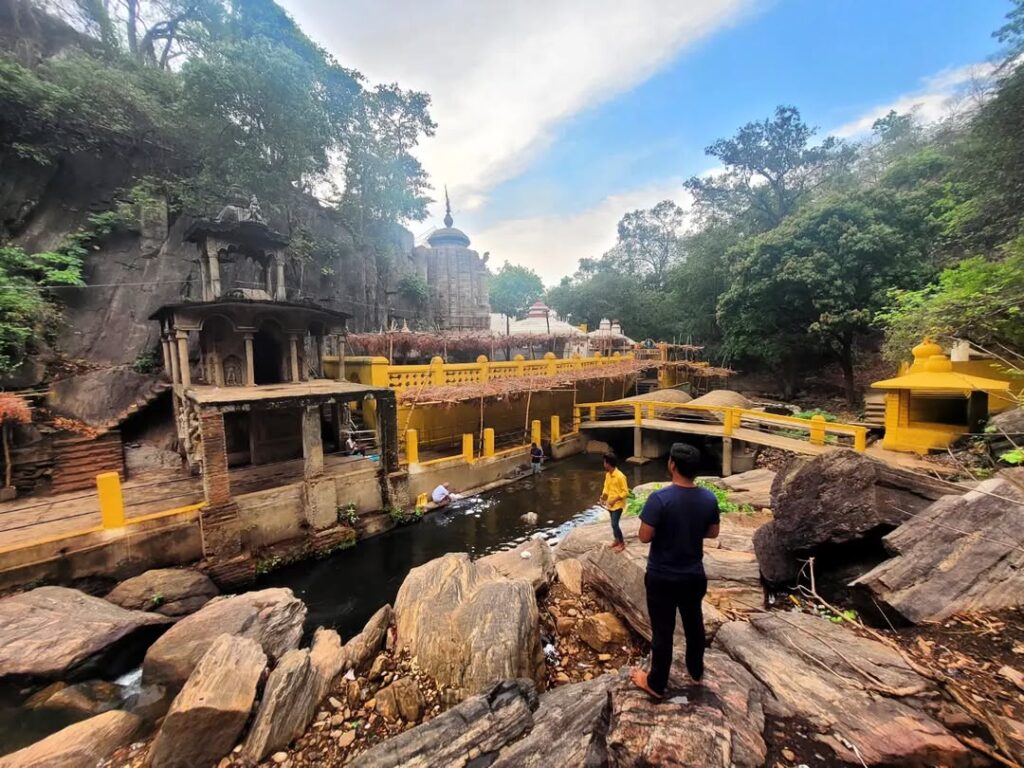
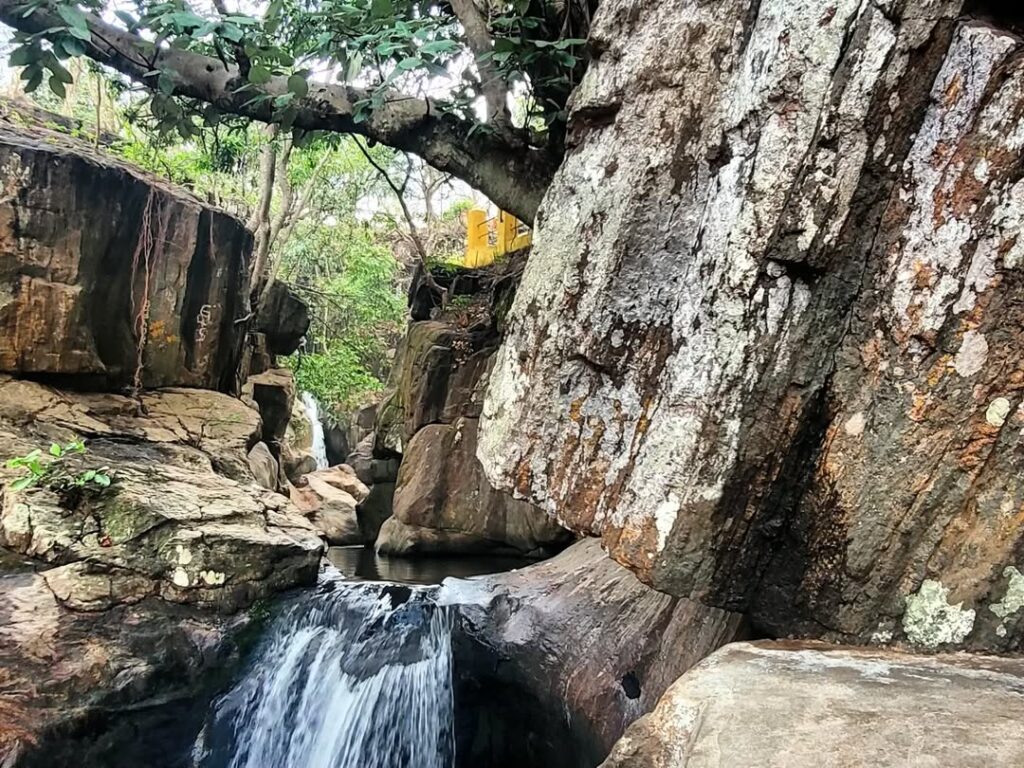
The vibrant surroundings of this waterfall in Odisha attract numerous visitors annually, all eager to rejuvenate themselves. Located in close proximity to the renowned Nrusinghanath Temple at the foothills of the Gandhamardan Hill, this waterfall is a must-see in the Bargarh District for anyone who appreciates the beauty of nature. Many pilgrims combine their visit to the waterfall with a spiritual trip to the 14th-century Nrusinghanath Temple, where they pay homage to Lord Nrusinghnath, an avatar of Lord Vishnu. The ideal time to visit is between October and March, during which travelers can also explore nearby attractions like Gadadhar, Pitrudhar, Guptadhar, Bhimadhar, Kapiladhar, and Chaladhar—each offering its own mesmerizing cascade.
Around 600 years ago, a woman named Jamuna Kandhuni, noted in the “Nrusingha Charitra,” crafted a Kavya celebrating the valor of Marjara Keshari in his battle against the oppression of Musika Daitya. According to mythology, Musika Daitya, the Mouse Demon, grew increasingly aggressive, prompting the divine Vishnu Mani to take the form of Marjara Keshari. Terrified by this powerful avatar, the demon is said to have fled into his underground lair, never to emerge. It is believed that Marjara Keshari still awaits his return, ready to confront him if he dares to show his face again. The Nrusinghanath temple was erected in remembrance of this legend, housing the idol of Lord Nrusinghanath, revered as the protector against all malevolent forces.
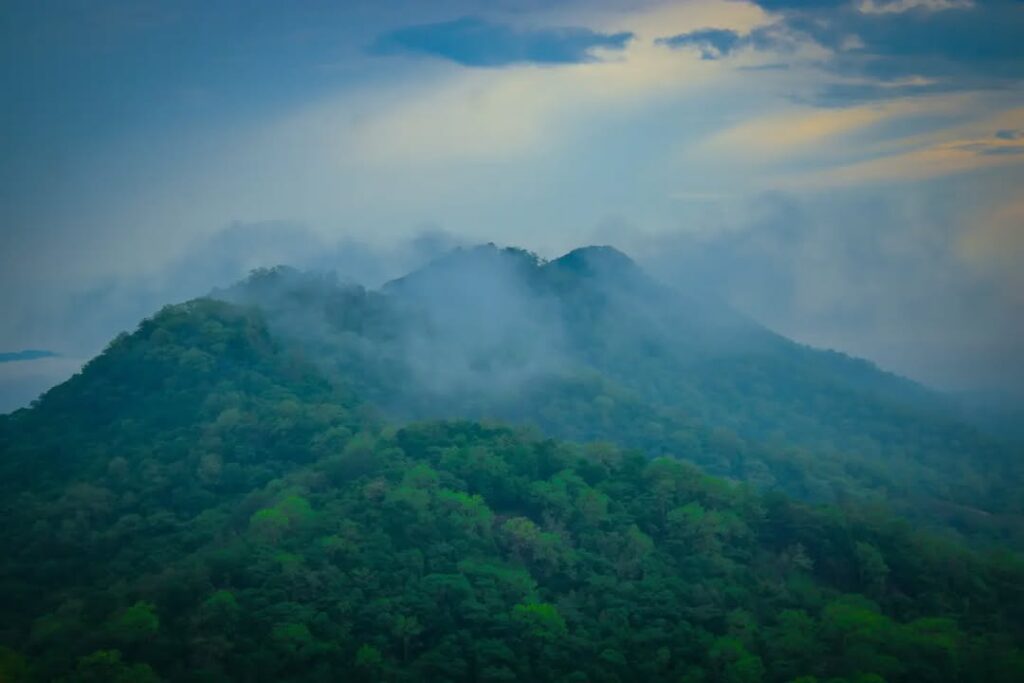
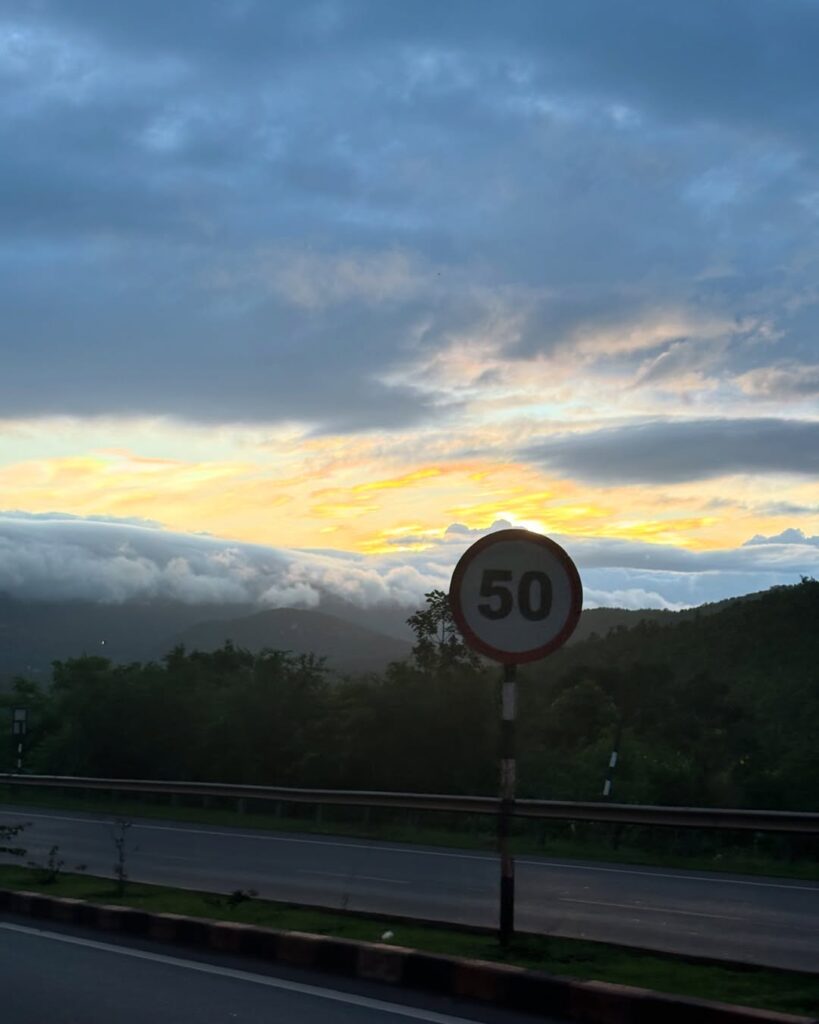
Nestled at the base of a hill, the Nrusinghanath Temple is enveloped by one of the densest forests in the Central Provinces. Nearby, the sacred streamlet Papaharini flows, known for its purifying waters. Papaharini forms five distinct pools, or Kundas, throughout the temple grounds. The surrounding hillside is densely populated with towering trees and lush undergrowth, allowing little sunlight to penetrate. Ascending the hill toward the South-East near the first Kunda, visitors can find four remarkable rock carvings representing the first four Pandava brothers. Close to the northern entrance of the temple lies another rock figure, identified as Sahadeva, the fifth Pandava. Additionally, a magnificent figure of Ganapati is carved nearby, accompanied by an intricately designed pedestal adorned with seven horses, which once supported an image of the sun deity.
The Nrusinghanath Temple faces east and includes a shrine along with a hall known as Jagmohan. Standing proud in front of the temple is the Garuda Stambha, featuring a small niche at the top that houses a lamp lit during the Diwali festival. The walls of Jagmohan have undergone reconstruction due to damage over time. It is believed that the door frames date back to the 11th century, originally featuring three entrances—east, north, and south. Currently, only the eastern and northern doors remain accessible, while the southern entrance has been sealed and replaced with masonry. Each door frame, crafted from dark stone, showcases exquisite carvings, enhancing the temple’s majestic presence.
Welcome to the breathtaking Gandhamardan Hills, a hidden gem that beckons both adventure seekers and nature lovers alike. Whether you’re a seasoned traveler or someone looking to escape the hustle and bustle of everyday life, these hills offer a perfect blend of natural beauty, spiritual serenity, and exhilarating experiences.
Nestled in the heart of [location], the Gandhamardan Hills boast lush greenery, vibrant flora, and a rich tapestry of wildlife. Hiking trails wind through the mountains, offering panoramic views that will leave you in awe. Each step you take is accompanied by the soothing sounds of nature, making it feel like a world away from the noise and stress of city life.
Gandhamardan Hills are not just about stunning vistas; they are steeped in cultural and spiritual history. According to local legends, these hills are believed to have been blessed by Lord Rama. Visiting the ancient temples scattered throughout the area can provide a deeper understanding of the local traditions and beliefs, allowing you to connect with the spiritual essence of the place.
For those seeking adventure, Gandhamardan Hills is the ideal playground. From trekking and rock climbing to bird watching and photography, there’s no shortage of exciting activities. The ever-changing landscape, with its rugged charm and tranquil spots, makes it a fantastic location for both beginner and experienced adventurers.
Ready to immerse yourself in the wonders of Gandhamardan Hills? Make sure to plan your visit for [recommended season or month] for the best experience. Don’t forget to pack essentials like water, snacks, and a camera to capture the stunning scenery.
For more information about travel itineraries, accommodations, and guided tours, check out our website at [tourmyodisaha.com]. Whether you’re looking for a quick getaway or an extended adventure, Gandhamardan Hills promises an unforgettable experience.
If you’ve already explored the mystical allure of Gandhamardan Hills, we’d love to hear your stories! Share your experiences in the comments below or tag us in your adventure photos on social media. Here’s to discovering the beauty of nature together!
Gandhamardan Hills await you with open arms, calling you to experience its magic. Start your journey now, and revel in the tranquility and thrill that this stunning destination has to offer!
The Nrusinghanath Temple is home to a variety of exquisite relief sculptures, masterfully preserved over time. Among these are representations of the goddesses Ganga and Yamuna, as well as Nandi, Jay-Vijay, Hanuman, and the divine couple Shiva and Parvati. The temple also features three avatars of Lord Vishnu: Baraha, Nrusingha, and Bamana, along with an impressive eight-armed depiction of Ganesh and the cowherd Sahadev. Inside the shrine is a small figure of Marjarakesari, a unique incarnation of Vishnu depicted with a cat’s head and a lion’s body, elaborately draped in cloth with brass features for its nose, eyes, and mouth. An intriguing narrative of this particular avatar is detailed in a local Mahatmya, written in Odiya. Additionally, an inscription carved in Proto-Odiya script along with text in the Oriya language adorns a slab of black stone within the temple.
The area surrounding Nrusinghanath Temple boasts several captivating attractions for visitors. Notable sites include Chal Dhaar, Sita Kunda, Bhim Dhaar, Panhupandav, Kapil Dhaar, Supta Dhaar, Satyaamb, Bhim Madua, and Happy Point. In recent years, tourism around the stunning Gandhamardhan hills has grown significantly. The annual fair held on Nrusimha-chaturdasi draws pilgrims from near and far. Additionally, a beautiful garden has been established close to the temple, showcasing various avatars of Lord Krishna and featuring a remarkable 28-foot statue of Hanuman at its center.
The area surrounding Nrusinghanath Temple boasts several captivating attractions for visitors. Notable sites include Chal Dhaar, Sita Kunda, Bhim Dhaar, Panhupandav, Kapil Dhaar, Supta Dhaar, Satyaamb, Bhim Madua, and Happy Point. In recent years, tourism around the stunning Gandhamardhan hills has grown significantly. The annual fair held on Nrusimha-chaturdasi draws pilgrims from near and far. Additionally, a beautiful garden has been established close to the temple, showcasing various avatars of Lord Krishna and featuring a remarkable 28-foot statue of Hanuman at its center.
The nature camp, located near the Nrusinghanath Temple, features four A/C cottages equipped with modern facilities and designed uniquely. The view is breathtaking, with a water body on one side and a stunning hill slope on the other. Guests can enjoy both vegetarian and non-vegetarian meals.
Facilities Include:
4 A/C Cottages Dining hall Extra bed (On Request) Attached Toilet & Bathroom – Parking Place Outdoor Sports Local Odia Foods – Bonfire
Things to Do: – Forest Trekking Animal Sightseeing Birding Nature Photography Star Gazing
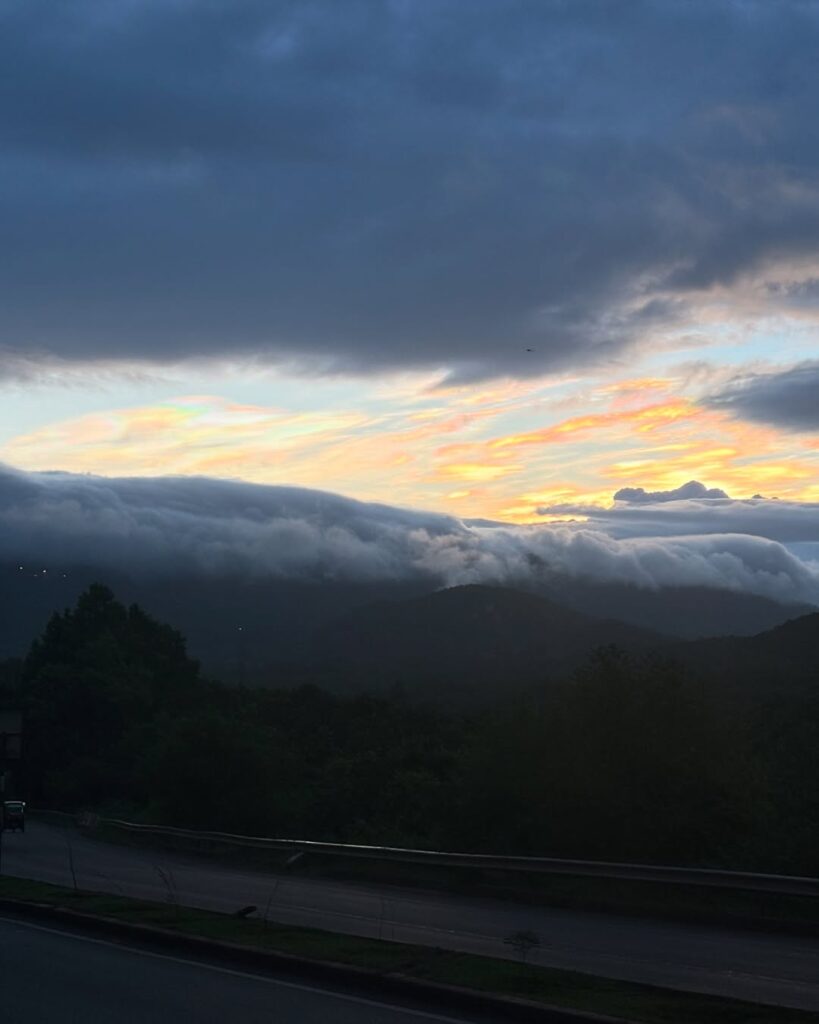
The arLocation: Nrusinghanath, Bargarh, Odisha
Nearest Airport: Jharshuguda
Distance From Airport: 270 Kms
Nearest Railway Station: Bargarh
Distance from Railway Station: 125 Km
Nrusinghanath is an ideal destination for nature enthusiasts, offering beautiful landscapes amidst the Western Ghats, particularly at the mythological Gandhamardhan Hill range.
– Bird watching
– Nature photography
– Trekking
– Campsite
– Adventure tourism
– Local activities
Known for natural beauty and spiritual significance, the Gandhamardan Hills boast a variety of medicinal plants, making them a great spot for trekking and nature walks. The hills are rich in history, featuring ancient caves and inscriptions.
– Timings: Open 24/7
– Best Time to Visit: October to February
– Entry Fee: N/A
– Ideal Trip Duration: 2-4 hours
Best Time to Visit: October to June
– Distance from Bhubaneswar: 431.3 km
– Elevation: 3,250 ft (990 m)
– Travel Option: Car
What to Expect Inside:
– Various medicinal plants
– Trekking opportunities
– Over 500 species of medicinal plants and herbs
– Remnants of Buddhist culture and ruins
– A diverse ecosystem
Belonging to the own circle of relatives of herbal gemstones of Odisha is the Harishankar Fall that is called a famous pilgrimage webweb page withinside the state. The fall unearths its unique location at the southern facet of Gandhamardan hills withinside the Rourkela City of Odisha. This tourism appeal is normally visited and is nestled withinside the coronary heart of travelers because the well-known Harishankar Temple is hooked up to it. Pilgrims who go to this well-known temple, provide their prayers to 2 divine Hindu deities whose call are added collectively as Harishankar in which Hari way Lord Vishnu and Shankar way Lord Shiva.
Timings: 6 AM – 6 PM
Best Time To Visit: Monsoon (July to September); Winter (October to February)
Entry Fee: N/A
Ideal Trip Duration: 1-2 hours
